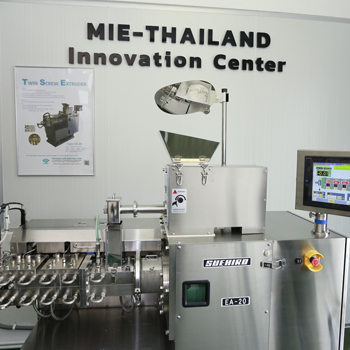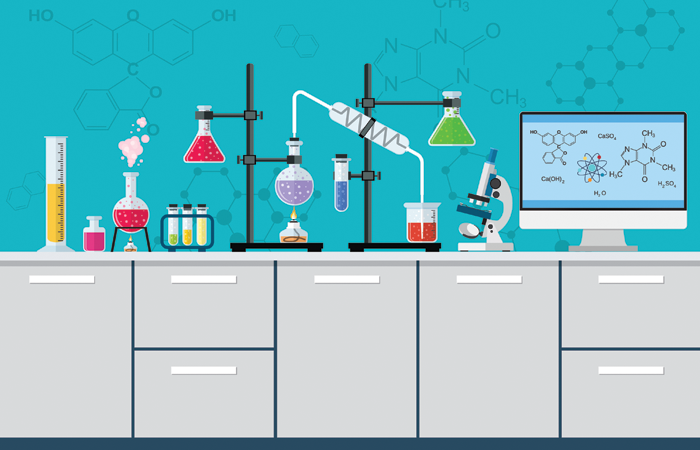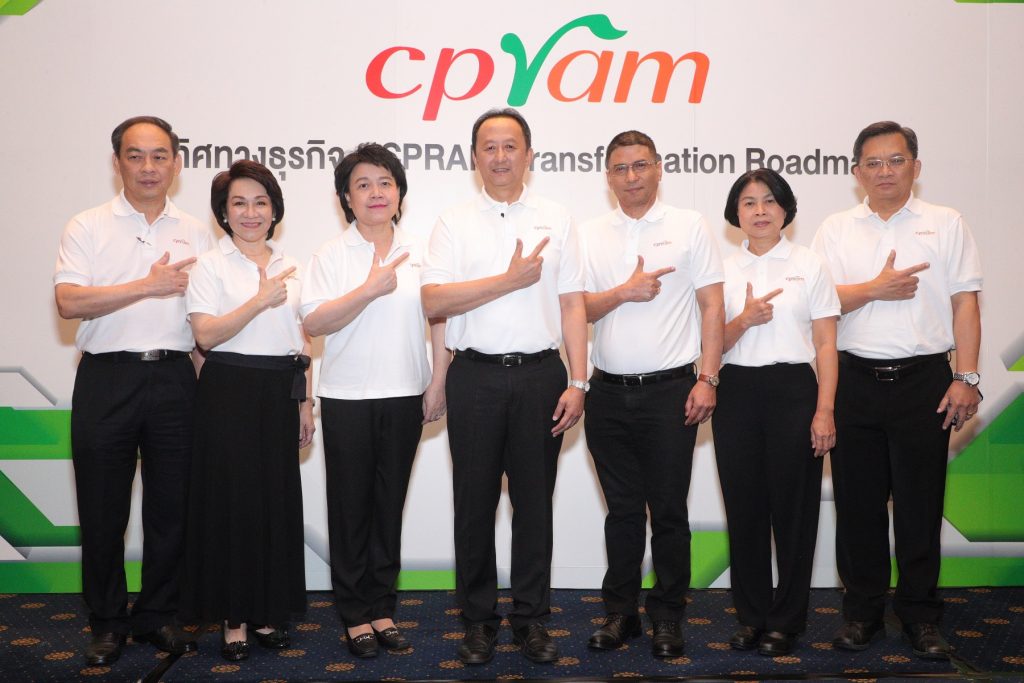ศูนย์นวัตกรรมจังหวัดมิเอะ-ประเทศไทย ความร่วมมือเพื่อยกระดับเทคโนโลยีแปรรูปอาหาร
By: สถาบันอาหาร
กระทรวงอุตสาหกรรม
National Food Institute
Ministry of Industry
ญี่ปุ่นเป็นประเทศคู่ค้าด้านอาหารอันดับ 1 ของไทย ขณะที่ไทยเป็นคู่ค้าด้านอาหารอันดับ 4 ของญี่ปุ่น โดยไทยส่งออกอาหารไปญี่ปุ่นสัดส่วนร้อยละ 13.3 ขณะที่ญี่ปุ่นนำเข้าจากไทยคิดเป็นสัดส่วนร้อยละ 6.4 โดยมีสัดส่วนค่อนข้างคงที่ตลอดระยะเวลา 3-4 ปีที่ผ่านมา
ทั้ง 2 ประเทศ มีมูลค่าการค้าอาหารรวมเป็น 145,000 ล้านบาท โดยในปี 2560 ไทยส่งออกอาหารไปญี่ปุ่นมูลค่า 135,300 ล้านบาท ขณะที่ญี่ปุ่นส่งออกอาหารมาไทย 9,800 ล้านบาท ส่งผลให้ไทยเกินดุลการค้าอาหารเมื่อเทียบกับญี่ปุ่นมูลค่า 125,500 ล้านบาท สำหรับในปี 2561 ไทยส่งออกสินค้าอาหารไปญี่ปุ่นไม่ต่ำกว่า 130,000 ล้านบาท อยู่ในระดับใกล้เคียงกับปี 2560 ส่วนปี 2562 มีแนวโน้มขยายตัวร้อยละ 8 มูลค่าส่งออกราว 140,000 ล้านบาท
ตามบันทึกข้อตกลงระหว่างบีโอไอและจังหวัดมิเอะ ก่อให้เกิดความร่วมมือทางเทคโนโลยีครั้งแรกในด้านการแปรรูปอาหาร โดยมีการจัดตั้งศูนย์นวัตกรรมจังหวัดมิเอะ-ประเทศไทย (Mie-Thailand Innovation Center) ณ สถาบันอาหาร ซึ่งเป็นความร่วมมือของกรมส่งเสริมอุตสาหกรรม สถาบันอาหาร และจังหวัดมิเอะ ประเทศญี่ปุ่น พร้อมมีการรับมอบเครื่องจักรแปรรูปอาหารมูลค่า 25 ล้านเยน จากบริษัท SUEHIRO EPM ประเทศญี่ปุ่น เพื่อต่อยอดการวิจัยและการทำต้นแบบนวัตกรรมผลิตภัณฑ์แปรรูปอาหารจากวัตถุดิบของไทยเพื่อเพิ่มมูลค่าเชิงพาณิชย์ โดยเฉพาะผลิตภัณฑ์จากข้าวและธัญพืช
When it comes to food trading, Japan is Thailand’s No.1 trading partner. On the other hand, Thailand is Japan’s 4th top trader. In the past 3-4 years, Thailand averagely exports 13.3% of its food to the Japan, which accounts for 6.4% of what’s imported by the island country.
The food trade between the 2 countries is worth THB 145 billion. In 2017, Thailand exported to Japan in value of THB 135.3 billion and imported THB 9.8 billion, making the country enjoys the trade profit of THB 125.5 billion. In 2018, it is speculated that Thailand has exported no less than THB 130 billion, relatively similar to 2017. However, it is predicted that in 2019, food exports from Thailand should expand around 8% to THB 140 billion.
The MOU signed between BOI and Mie Prefecture, which was the first technological cooperation in food processing, has resulted in the establishment of Mie-Thailand Innovation Center at Thailand’s National Food Institute (NFI). The project is a collaboration between the Department of Industrial Promotion (Ministry of Industry), the National Food Institute, and Mie Prefecture, Japan. Japan’s SUEHIRO EPM has also given a food processing machine worth 25 million yen to the NFI to support with researches and creations of prototypes of food, which are processing from Thailand’s local product, especially rice and grains, to create commercial value.


